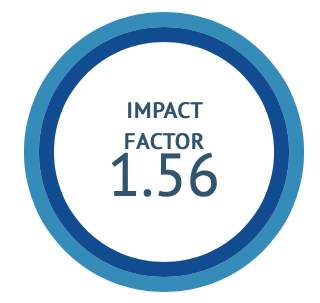Evaluation of comparative efficacy of Guduchyadi Leha Versus Kalyanaka Leha as a standard control in the management of Gadgada (Stuttering) in children: A Randomized double-blind clinical study
DOI:
https://doi.org/10.47552/ijam.v13i4.3097Keywords:
Guduchyadi Leha, Gadgada, Stuttering, Jivha pratisarana, Kalyanaka Leha, SSI-4Abstract
Background- Speech is a unique characteristic of a human being that helps to convey his/her thoughts, and ideas to others. Stuttering is a speech disability in which a person is unable to speak with a normal fluency of speech. Ayurveda portrays a disease named ‘Gadgada’, which shows the same clinical features as ‘Stuttering’ in conventional science. The present study aimed to compare the efficacy of ‘Guduchyadi Leha’ and ‘Kalyanaka Leha’ as local applications on the tongue and same as internal administration also for the management of Gadgada in children. Material and Method- This Clinical trial was a parallel-arm, randomized double-blind study. A total of 30 patients were enrolled in this study after fulfilling the inclusion criteria, 15 patients were in each group. In Group A- Kalyanaka Leha (Standard control) and in Group B- Guduchyadi Leha (Trial drug) was given for local application over the tongue (Jivha Pratisarana and Prashan) same as for internal administration also for 45 days. Assessment of stuttering was done by using the parameters of the SSI-4 scale fortnightly. Results- Positive results were seen in both groups. On the 90th day, follow-up showed both the group was reduced stuttering and there was an improvement in the fluency of speech. Conclusion- Significant results were noted in both the interventions with less % of regression of stuttering after treatment.
Downloads
Published
How to Cite
Issue
Section
License
Copyright (c) 2022 International Journal of Ayurvedic Medicine

This work is licensed under a Creative Commons Attribution 4.0 International License.
The author hereby transfers, assigns, or conveys all copyright ownership to the International Journal of Ayurvedic Medicine (IJAM). By this transfer, the article becomes the property of the IJAM and may not be published elsewhere without written permission from the IJAM.
This transfer of copyright also implies transfer of rights for printed, electronic, microfilm, and facsimile publication. No royalty or other monetary compensation will be received for transferring the copyright of the article to the IJAM.
The IJAM, in turn, grants each author the right to republish the article in any book for which he or she is the author or editor, without paying royalties to the IJAM, subject to the express conditions that (a) the author notify IJAM in advance in writing of this republication and (b) a credit line attributes the original publication to IJAM.




